Ankh𝚎s𝚎n𝚊m𝚞n, a member of Egypt’s 18th Dynasty, was only 13 years old when she became the queen of the ancient Tutankhamun.
Researchers believe they are getting closer to unraveling the mysteries of legendary Egyptian King Tutankhamun’s wife, Ankh𝚎s𝚎n𝚊m𝚞n.
Ankh𝚎s𝚎n𝚊m𝚞n, portrayed as the villain in blockbuster film The Mummy, was just 13 when she married the young pharaoh Tutankhamun, her half-brother.

Scientists are getting closer to uncovering the secrets of Egyptian King Tutankhamun’s wife, Ankhesenamun’s chamber. They are determined to explore Tut’s successor, Ay, her maternal grandfather, according to findings from Ancient Origins.
The third of six daughters and the queen of the Egpyt’s 18th Dynasty is also believed to be the first wife of her own father, Akhenaten. Archaeologist Zahi Hawass discovered what he claimed was her final resting place in the Valley of the Kings using ground-penetrating radar in July.
The dig to uncover the mythical queen’s remains – a find he dubs the “discovery of the century” – is now finally underway, he announced on his website.

The legendary remains of Ankheshenamun, immortalized in the film The Mummy, were revealed to be buried in the Valley of the Kings. A new tomb was discovered in the Valley of the Kings in July, containing Tut’s wife.
In January 2018, Zahi Hawass launched his own excavations at the Valley of the Monkeys, a secluded valley in the area of the Valley of the Kings. A spokesperson for the research team said, “The focus of the excavations is in the area in close proximity to the tomb of Ay, Tutankhamun’s successor. The radar scans in the area detected the presence of a possible entrance to a tomb at a depth of five meters (16ft).”
Renowned Italian researchers, Hawass had been excavating the area as part of a fresh investigation into the boy king’s resting place – also in the Valley of the Kings – every year.
Stay tuned for more on the new ITV drama mini-series Tutankhamun.
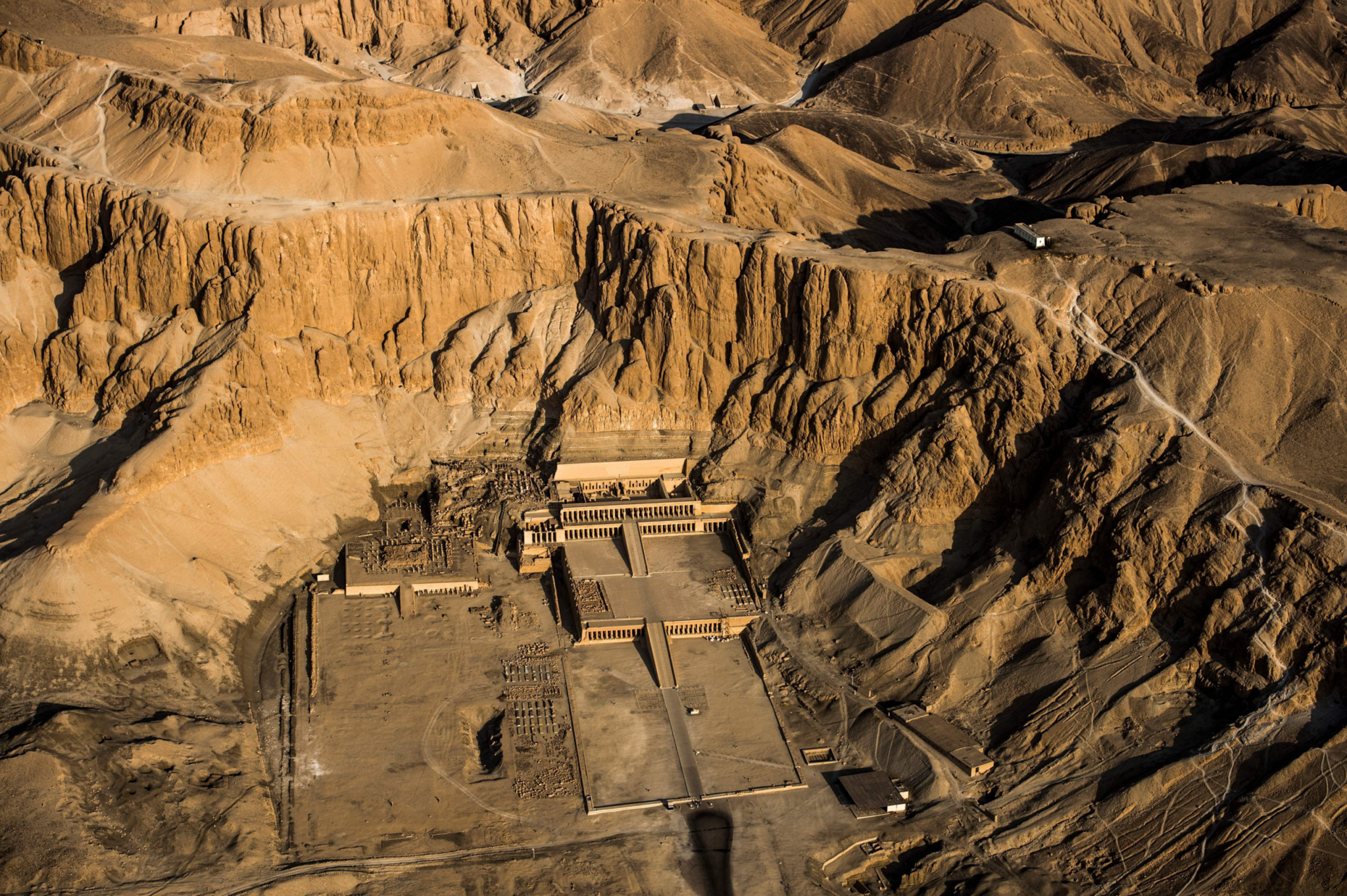
Alcohol researcher Zahi Hawass uncovered what he believed was her final resting place in the Valley of the Kings (purported) using ground-penetrating technology.
Credit: Getty – Contributor
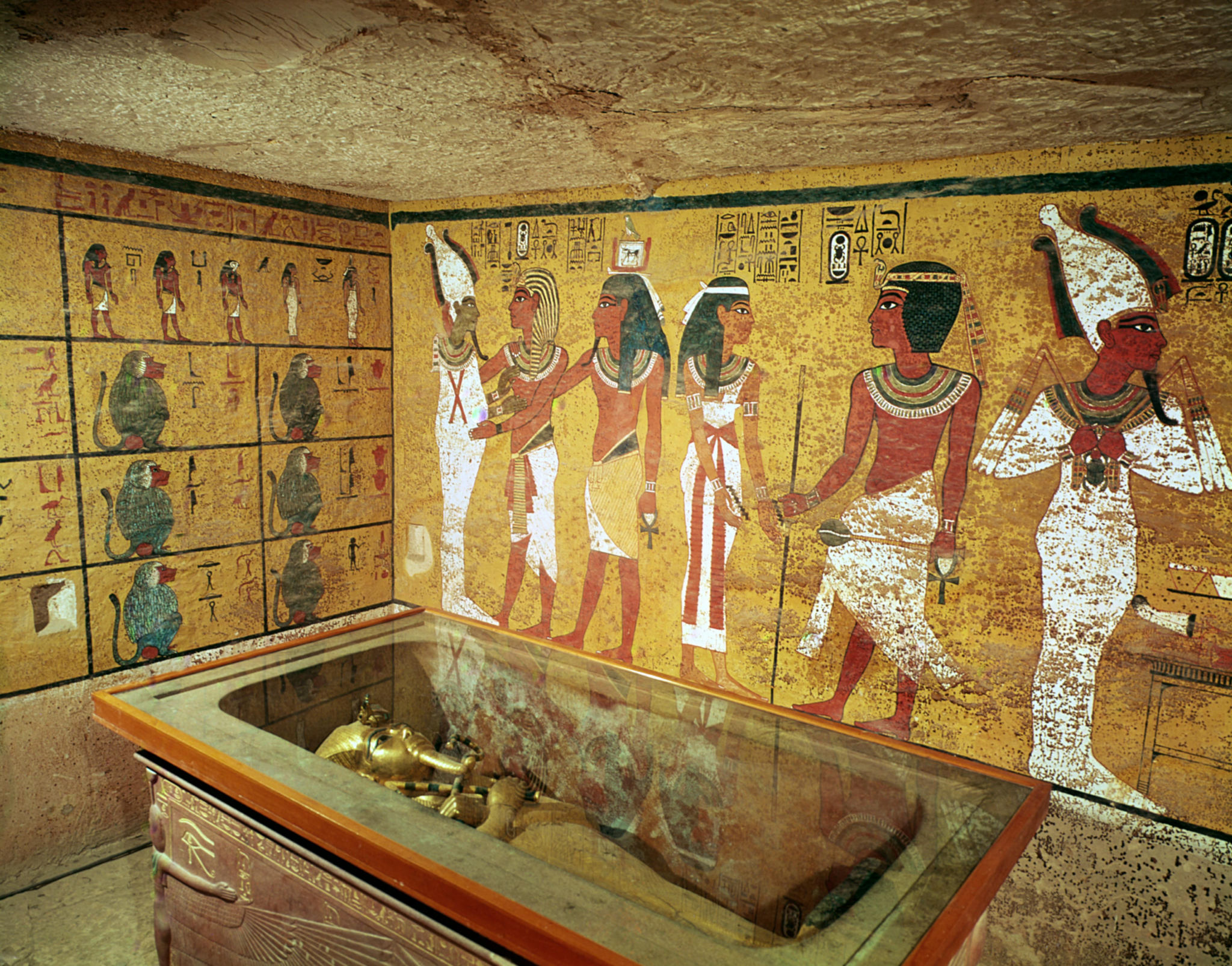
Could Tutankhamun’s Tomb be hiding a dark secret that researchers have yet to uncover? The excavation of the burial chamber of the young pharaoh was full of surprises, sparking curiosity among experts. The team behind the discovery was led by British archaeologist Howard Carter in Egypt’s Valley of the Kings in November 1922.
Excitement built up as Lord Carnarvon patiently awaited the opening of the tomb, revealing ancient treasures and mysterious symbols. Lord Carnarvon, who funded Carter’s expeditions, feared being cursed by the Pharaoh’s tomb, which claimed anyone who disturbed it would be “visited by wings of death.”
Is Nefertiti hidden within Tutankhamun’s tomb? The possibility of uncovering more secrets from this ancient Egyptian site continues to intrigue historians and archaeologists worldwide.
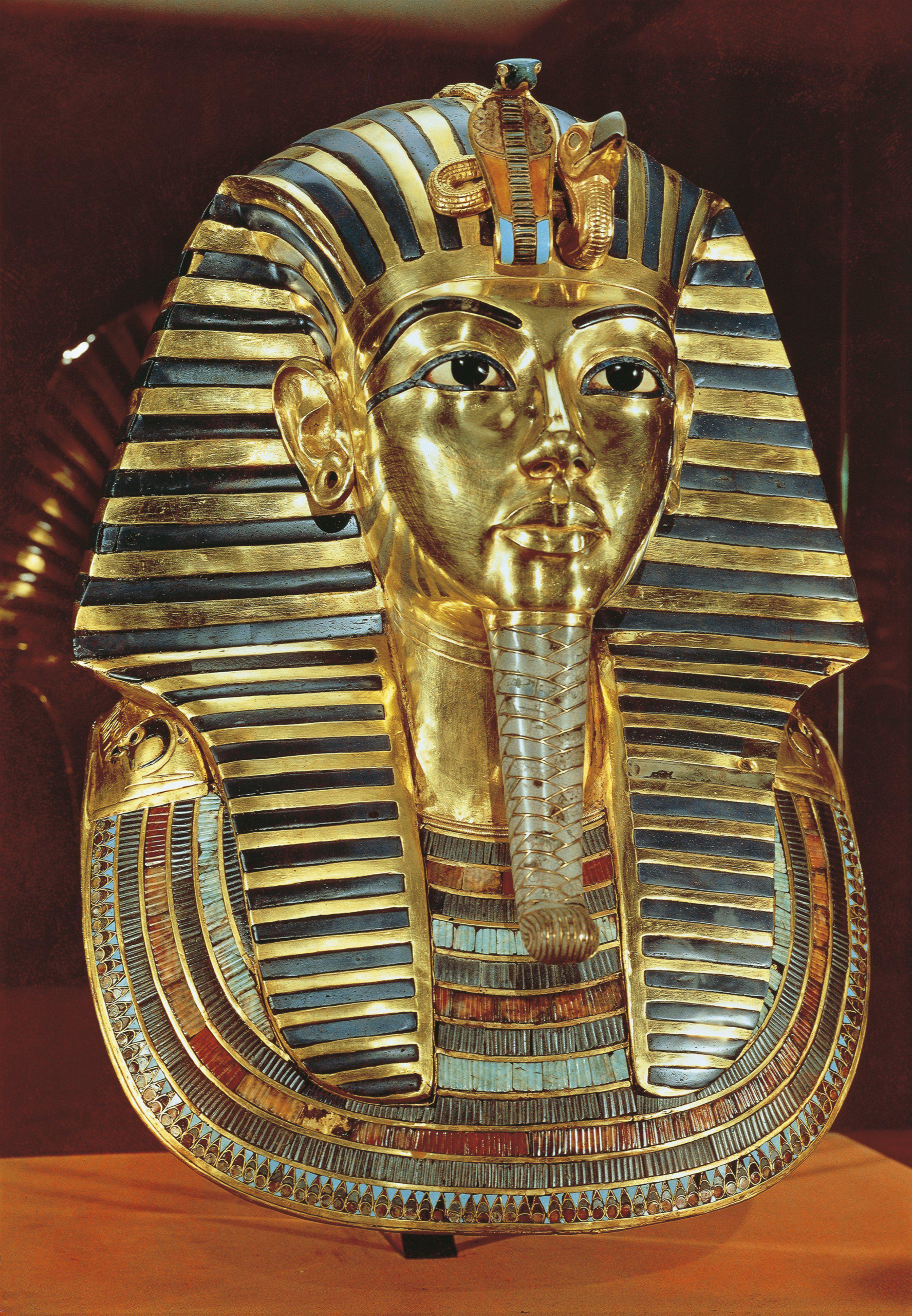
How’s it going? Just been exploring the Valley of the Kings area as part of a fresh investigation into the mysterious place of Tutankhamun’s burial: Getty – Contributor.
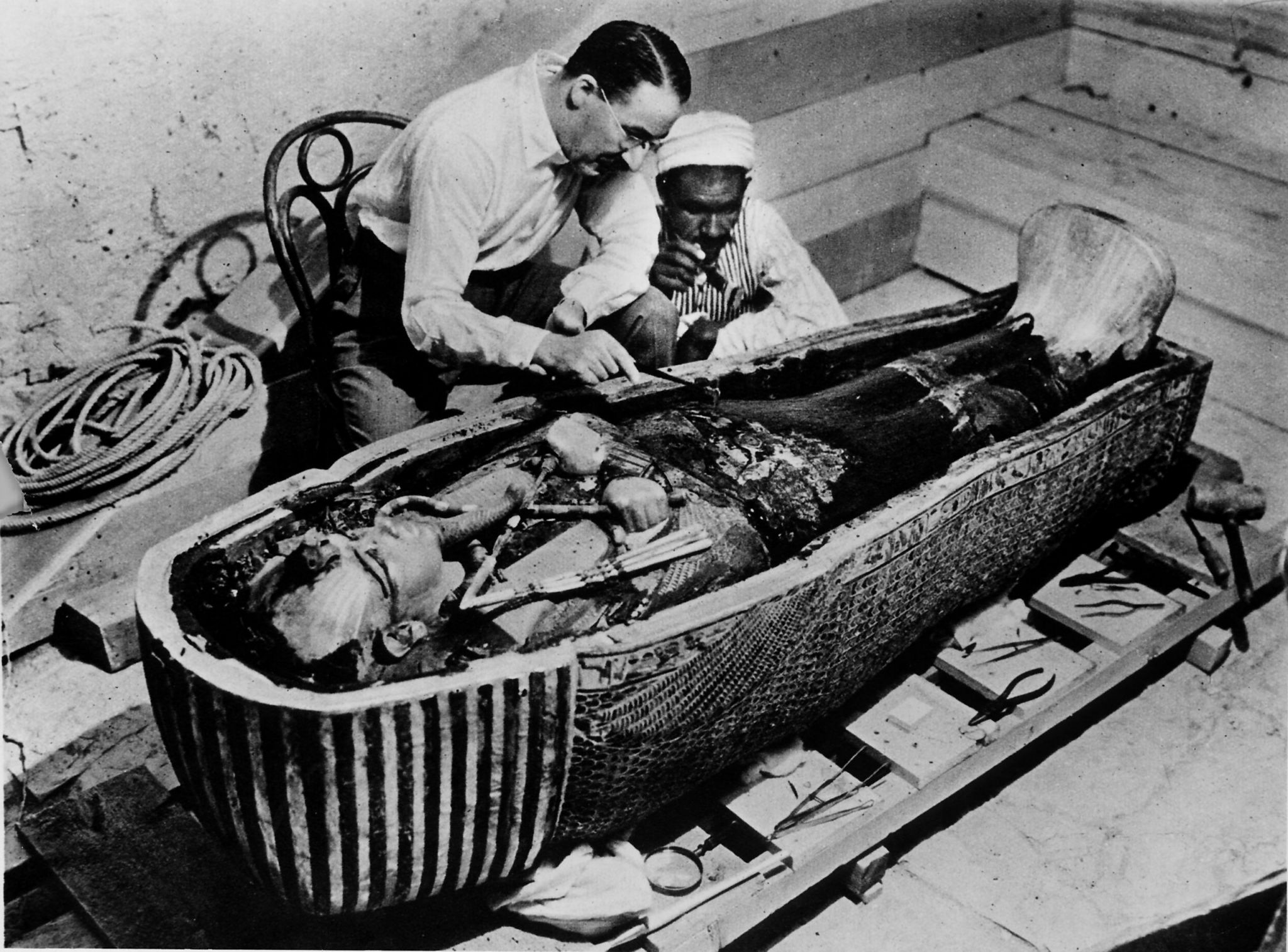
Renowned explorer Howard Carter discovered oils from the coffin of Tutankhamun in 1922. The burial was likely sealed by an infected mosquito bite, with no such inscription ever found. However, believers think the burial site contains a secret room and the final resting place of the boy king’s stepmother, Queen Nefertiti.
Professor Porcelli from the Polytechnic University in Turin stated that his team’s mission is the “final investigation” that will “provide an answer which is 99 percent definitive.” The team will use a variety of high-tech radar systems to detect the underground architecture and spot any anomalies between the tomb walls.
The hunt is part of a larger study to map the ancient resting place of the Egyptian Pharaohs. Researchers have been puzzled by the existence of the missing chamber.
British Egyptologist Nicholas Reeves, at the University of Arizona, first claimed to have spotted a secret room back in 2015. Aerial views over the temple and limestone cliffs near the Temple of Hatshepsut reveal the team and equipment.
Post images courtesy of Getty Images.
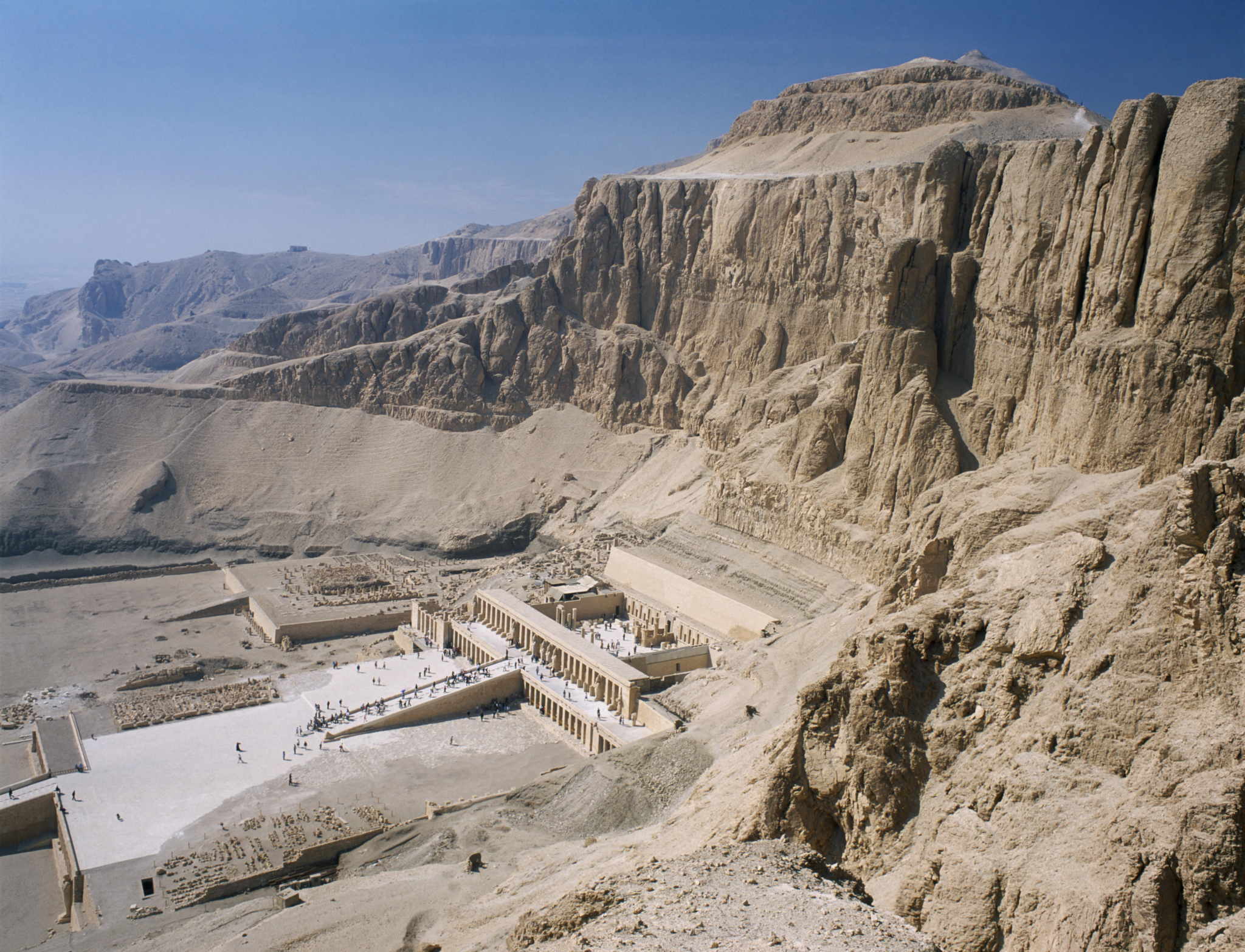
Radar scans revealed to be tracking up his theory, and were welcomed by Marmaduke Eldamatyy, Egypt’s former minister of antiquity. The archaeological news was met with concern, with the National Geographic Society failing to replicate similar results. Scientists opened an ancient Egyptian tomb after 3,600 years and were shocked to discover entire families intact, next to goats and the skeleton of a massive crocodile.